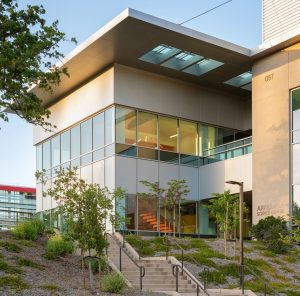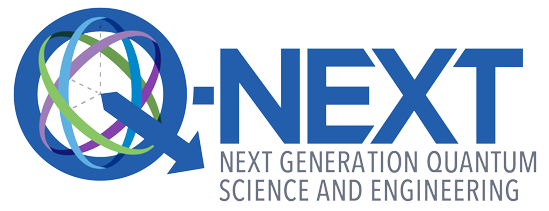
The Q-NEXT Quantum Foundries effort has reached an important milestone: On June 14, SLAC National Accelerator Laboratory began construction on its Detector Microfabrication Facility, one of the two foundries that will support Q-NEXT research.
The SLAC DMF is a 5,500-square-foot, class-100 cleanroom that will be built on the ground floor of the lab’s three-story Arrillaga Science Center, which opened in 2019. It will feature six bays and six chases. Its ground-floor location and thick concrete floors ensure minimal noise and vibration. The facility will be used to fabricate high-precision superconducting devices.
Construction is expected to continue until spring 2022, when instrument installation begins.
Congratulations to all who made this achievement possible.
This work was supported by the DOE Office of Science National Quantum Information Science Research Centers.
